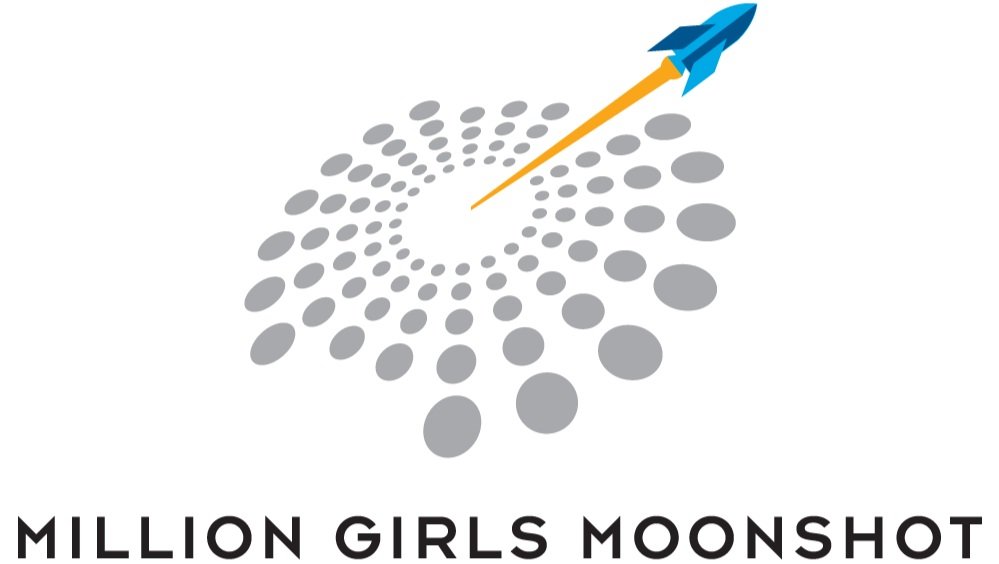
Youth Centric Strategies
The Youth-Centric Strategies build on the specific strengths, needs, and challenges of the youth that each afterschool program serves, and focus on helping all youth feel they belong in STEM.
-
Peer Support
-
Positive Youth Development
-
Relevance
-
Supportive Relationships
Peer Support
Peer support focuses on helping youth form connections with each other and creating a supportive environment. For girls and youth who have been historically excluded from STEM, having peers who are interested in STEM can be especially beneficial. And for all youth, feeling welcome and comfortable in a STEM space can positively impact how they feel about STEM.
Peer Support Tactics - How to Create a Supportive Environment:
Provide a supportive environment for all youth.
Encourage positive peer connections
Help all youth feel they are part of a STEM community
Tips & Resources:
Use icebreakers to help youth get to know each other and feel comfortable. Try these engineering-focused icebreakers from EngineerGirl.
Provide opportunities for structured group work, encouraging collaboration and development of peer connections. See SciGirls Method for Effective Group Work for guidance.
Set norms and expectations from the start, providing the opportunity for youth to voice what they need to feel safe and comfortable in the program space.
Check any messaging from staff or youth related to STEM and what/who is valued. Work to dispel stereotypes about who belongs in STEM.
Create a welcoming space. See these tips from SciGirls.
Positive Youth Development
Positive youth development (PYD) is important in any afterschool program and is a vital component when working to increase access in STEM. Being youth-centered and focusing on PYD can help all youth feel welcome and more likely to engage in STEM opportunities, especially girls and youth who have been historically excluded from STEM.
Positive Youth Development Tactics:
Support all youth to make personal connections to and a greater sense of belonging in STEM.
Help all youth develop self-efficacy and confidence in STEM.
Elevate all youth voice and choice.
Tips & Resources:
Show diverse images and examples of STEM and STEM professionals for youth to connect and relate to. Check out the IF/THEN Collection online library of pictures, posters, and videos of diverse women STEM professionals.
Provide opportunities for youth to use authentic STEM practices and materials. Use the SciGirls STEM Practices as a guide.
Integrate activities that draw on youth’s prior knowledge.
Provide youth with open-ended questions and problems.
Watch An Ideal Opportunity: The Role of Afterschool in Social and Emotional Learning., a webinar from the Afterschool Alliance to help prioritize social emotional learning.
Encourage the development of a growth mindset. For help, see NCWIT Tips: 8 Ways to Give Students More Effective Feedback Using a Growth Mindset | National Center for Women & Information Technology
Provide opportunities for youth voice and choice related to what stem projects/activities and how to do them. Watch this webinar for help: Elevating Youth Voice in STEM Programming | National Girls Collaborative Project
Try the STEM Superpowers activity with your youth: IFTHEN_STEM_Superpowers_NGCP
Address STEM stereotypes explicitly. Check out these resources to help:
Tips & Resources:
Provide family engagement opportunities. Check out these resources:
STEM Next Family Engagement resources: The Family Engagement Project - STEM Next
Use icebreakers to get to know your youth’s interests, backgrounds, and values
Provide STEM opportunities that are personally relevant and meaningful for your youth. Check out this webinar for some ideas: Making STEM Meaningful for Girls | National Girls Collaborative Project (ngcproject.org)
Use culturally relevant strategies to connect your STEM programming to your youth’s lives. See the SciGirls Framework for tips: SciGirls-Strategies-Framework.pdf (scigirlsconnect.org) and these resources for ideas:
Showcase examples of STEM making a difference in your community and beyond
Research businesses & organizations that relate to STEM in your community and make connections to your programming
Relevance
Making STEM personally relevant is especially important when engaging and serving girls and youth historically excluded from STEM. This includes building on the interests, knowledge and experiences of the youth and providing learning opportunities that are meaningful and address topics and issues they care about. It is also valuable to make connections, when possible, between home, school, and other settings in which the youth spend time.
Relevance Tactics:
Connect programming to school, home, and other settings
Leverage all youth interests, knowledge, and lived experiences
Show how STEM can make a difference in youth’s lives and in their communities
Supportive Relationships
Developing supportive relationships with adults in and related to their afterschool program can help youth feel they belong and dispel stereotypes about what STEM is and who does STEM. This strategy points to the importance of program staff, connecting to the community, and providing diverse role models.
Supportive Relationships Tactics:
Make community and family connections
Provide opportunities to interact with and learn from diverse STEM role models
Recruit and retain staff skilled in developing and supporting positive relationships
Tips & Resources:
Provide role model experiences (in-person, virtual, via media). Search the FabFems online directory of women STEM role models an use the IF/THEN Collection to find pictures, posters, videos and activities of women STEM role models.
Provide opportunities to engage families, including events such as a STEM night potluck or providing STEM activities for families to do at home. Check out the STEM Next Family Engagement resources and NGCP’s Families & STEAM webinar for help and ideas.Connect with other organizations in the community serving your youth to leverage programming and support for your youth.
Use the SciGirls Role Model Strategies: SciGirls_RoleModel.pdf (scigirlsconnect.org) to help prepare role models to work with your youth.
Engage your youth in exploring the importance of diverse STEM role models with the Representation Matters activity: IFTHEN_Activity_RepMatters_NGCP (widen.net)




